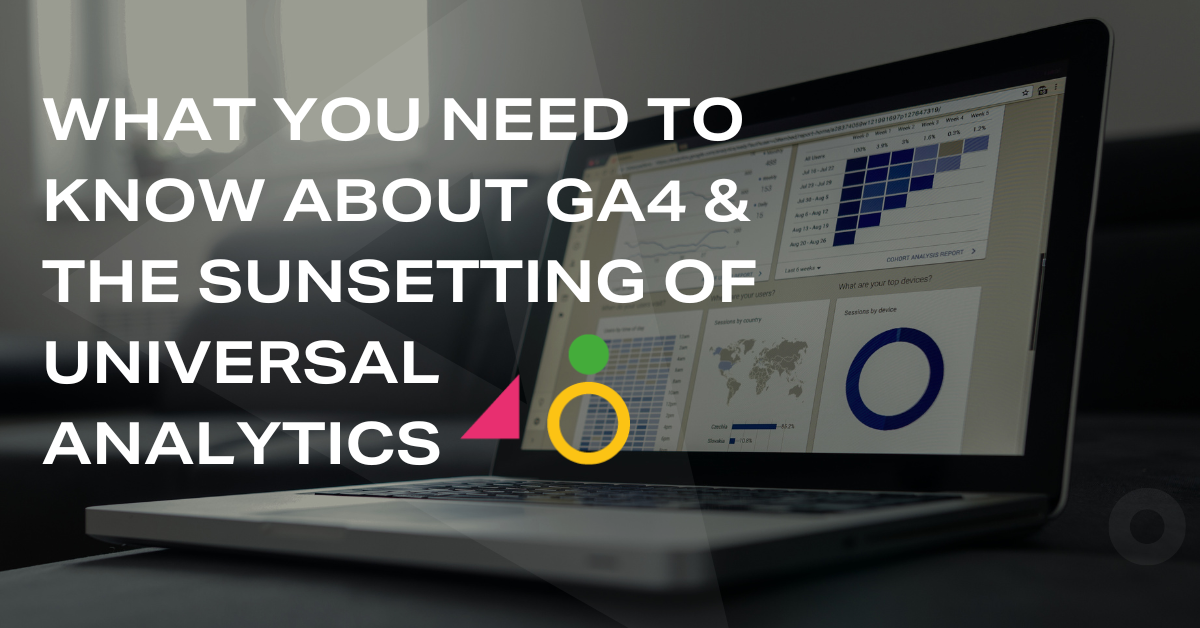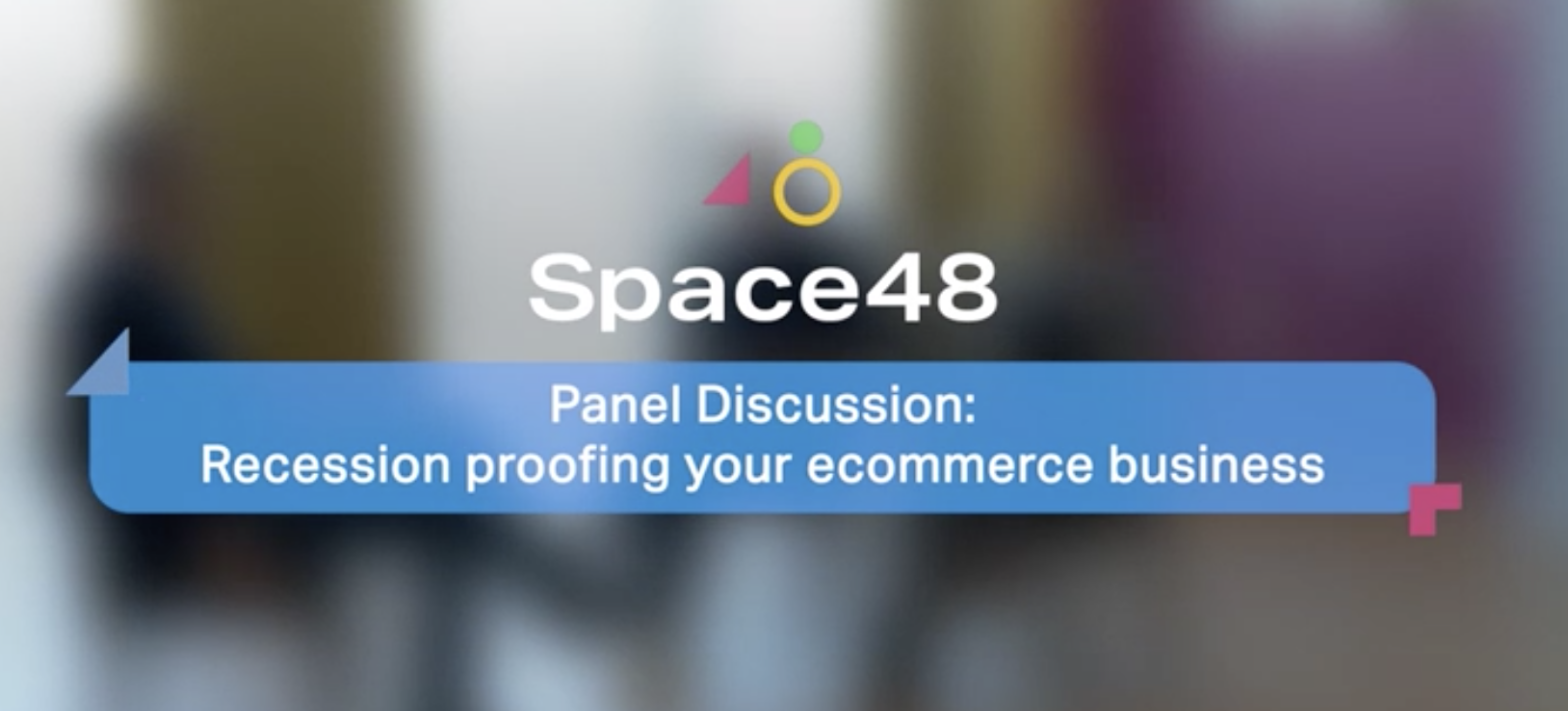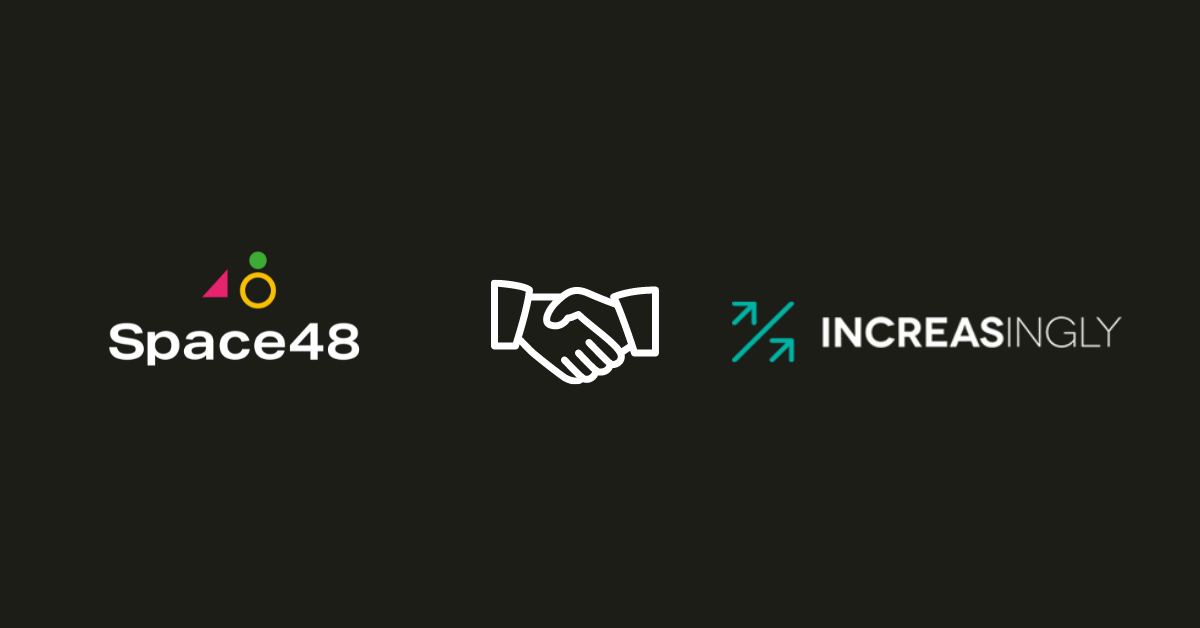
10 awesome tips for creating effective ecommerce product pages
When looking to increase the performance of your ecommerce website and achieve more conversions, there are many factors to consider. Your product pages are key pages to get right, but there are lots of different elements to optimise.
Creative Director at Space 48, Anna Green, is a UX design expert and she offers her insights on how to create highly-effective ecommerce product pages that really convert:
Key components of an effective product page
Before I outline my tips and tactics for optimising your product pages, let’s look at some key components which make up a great product page:
- Image carousels – for both desktop and mobile
- Customer reviews – user generated content (UGC) builds trust
- Cross-sells/personalisation – cross-selling products helps increase AOV
- Visuals – product visuals should be engaging, varied and interactive
- Social shares – encourage users to spread the word and boost your reach
- Size guide for products – vital for fashion retailers to prevent barriers to purchase
- CTAs – get you size, positioning and colour right
- Product description – product type & testing will dictate what info to display
It is important to remember that there isn’t a one size fits all answer to a great product page, the key is to look at your products and your users and strike a balance that offers the best UX you can.
So, drumroll please, here’s my 10 awesome tips for creating effective ecommerce product pages:
10 tips to create effective product pages
1. Talk to your users!
What information do consumers need and how should you present it? The answer is in your data and customer feedback. The relationship between brand and consumer is getting closer, so don’t be afraid to reach out to them to help steer your strategy.
2. User test your product page
Testing helps define what your customers want. Write persona-led scenarios that can be tested individually, then assess your edge cases and user cases to optimise your pages accordingly. Learn more about testing with our Ecommerce Split Testing Guide.
3. Dazzle customers with great product photography
It’s important to have visually-appealing photos on your product pages, as browsers will judge your pictures before anything else. If your competitors sell the same product at the same price, poor images could see you lose out on customers.
4. Present key product details
Displaying the right amount of information about your products is crucial for encouraging conversions. This may differ depending on your business type and the products you sell, so identify key product information and make sure it stands out. You can hide further details to be revealed with further clicks.
5. Utilise the power of video
Videos are great for explaining or demonstrating a product, allowing users to get a better idea of how it looks and behaves in the real world. Video reviews and testimonials are also effective. They don’t need to be perfect quality, as often the more “real” they are the better!
6. Harness influencers and user-generated content
Leveraging influencers and user-generated content (UGC) can have a big impact for your brand. If you have a highly-active Instagram following, say, consider a third-party solution like Curalate. One of Curalate’s key features is for product tagging, allowing your followers to endorse you right on the product page. You can also use Olapic too, which Charlotte Tilbury uses in their “Tag Your Tilbury” feature – see our blog on UGC for more info!
7. Deliver personalisation
Cross-sells and upsells, enhanced by personalisation, is highly-effective on products pages. Consider using personalisation tools, like Nosto or Peerius, to offer users relevant products and bump up your AOV. Check out our Personalisation Guide to discover more.
8. Establish a hierarchy in your UX design
Your product pages should have a clear hierarchy, prioritising your content. Identify your user cases and edge cases to help you decide what’s most important. Consider mobile optimisation in your decision-making and reach out to a UX agency or experienced ecommerce agency.
9. Look at your competition
If your users are likely to shop around for certain products, you should take that into account. Look to offer a better user experience to your competitors, whilst keeping continuity across your website.
10. Consider CTA positioning
Ensure your “Add to cart” call to action stands out and makes clear what options should be chosen prior to clicking on the CTA button. Think about the mobile user experience and don’t go under the recommended minimum tap size of 45px for your button.
Brand examples: which brands are nailing their product pages?
Lush
Lush is a great brand for enticing customers with visually-appealing products and content. Ironically, the lure of most of their products (especially in-store) is the scent. However, Lush make up for the lack of smell online with great use of colour, eye-catching visuals and videos, which show their bath bombs and soaps effervescing!
ASOS
Product pages on the ASOS website are clear and concise, showing only the key details. Main product images are big, with easy options to click through to different views, model videos, product tagging and share buttons. The “Add to bag” CTA button is bold, surrounded by easy-glance info on price, size, colour, shipping restrictions, with links to size guide, delivery options and returns policy. More product details are further down the page, with related products and recommendations.
Society6
Society6 offers a range of products featuring illustrations from a community of artists and has an effective blueprint for its product pages. The product pages feature photos, gifs and videos, whilst displaying a range of different products featuring the same design, as well as other designs by the same artist.
Summary
It’s a challenge to strike the right balance of content, from product details, product options/availability, visuals and UGC. By using your user insights, focusing on the customer journey and applying a hierarchy of content, you can craft great-looking and highly-effective product pages to encourage your customers to convert more often.
Space 48 is a leading UK website development agency and ecommerce consultancy. Our experts help retail brands improve website performance and implement award-winning ecommerce strategies. If you want to know more about testing, download our Guide to Ecommerce Split Testing!








